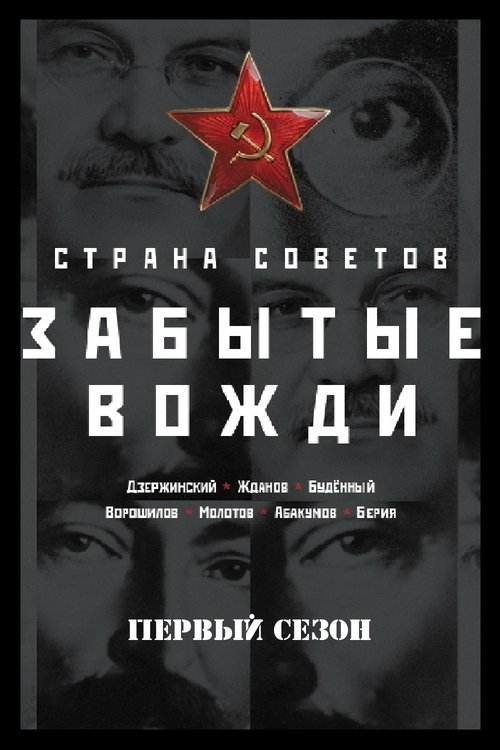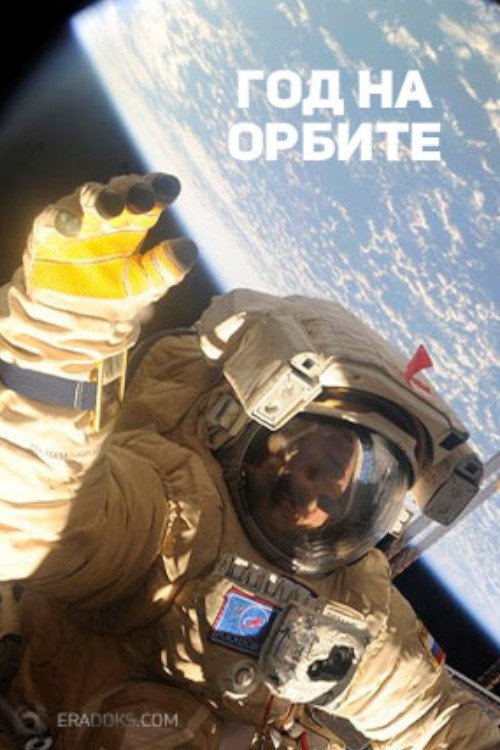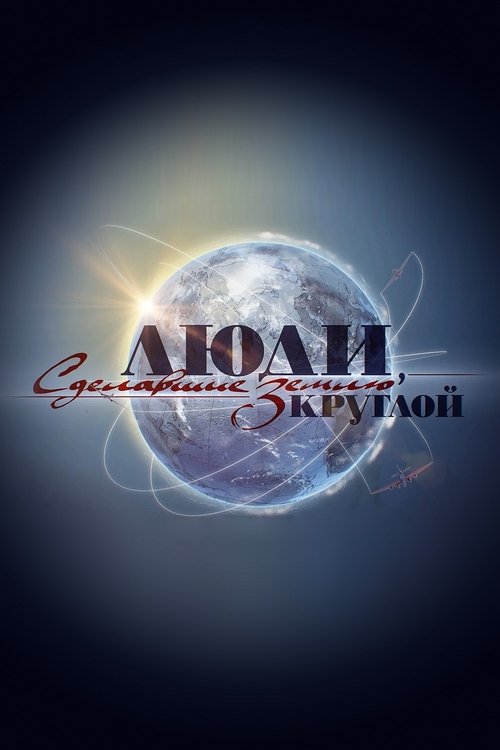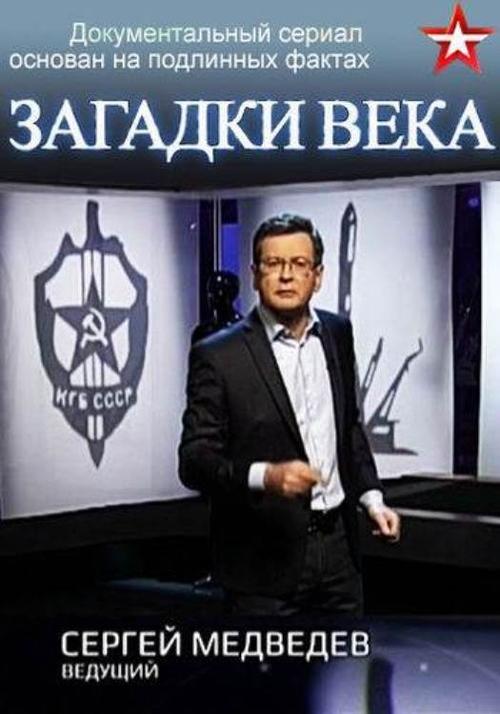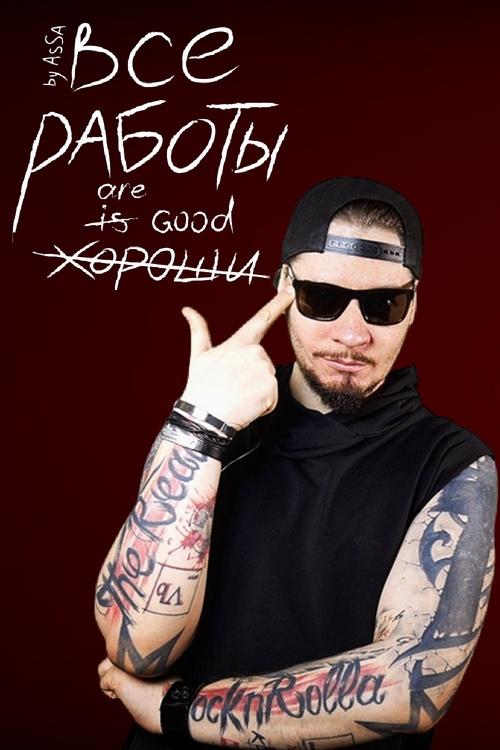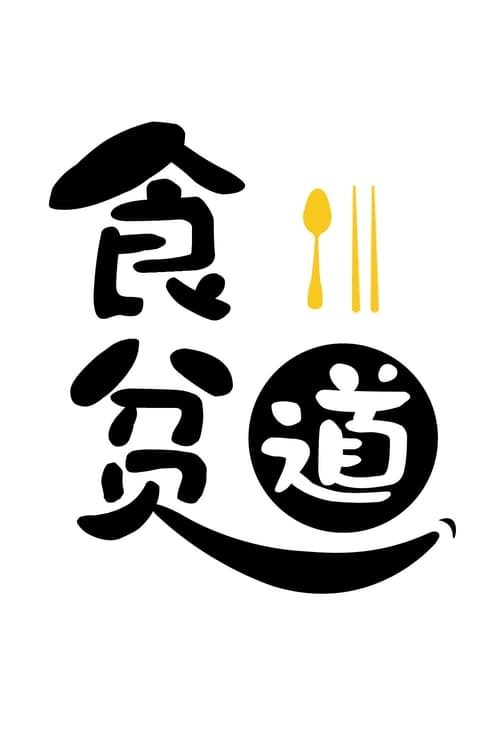
Ask Your Own Question
What is the plot?
In the opening scene of "Country of the Soviets," we are introduced to a dimly lit room filled with old photographs and documents. The camera pans over images of forgotten leaders from the Soviet era, setting a somber tone. A narrator begins to recount the rise and fall of these leaders, emphasizing their impact on the Soviet Union's history. The focus shifts to the first leader, whose story will unfold throughout the episode.
The narrative transitions to the early 1920s, where we meet Leonid, a passionate young politician eager to make a name for himself in the newly formed Soviet government. He is seen fervently discussing revolutionary ideas with fellow comrades in a crowded café, their faces lit by flickering candlelight. Leonid's ambition is palpable, and he dreams of a utopian society. However, he is also aware of the dangers that come with political aspirations, as rival factions begin to emerge.
As the episode progresses, we witness Leonid's rise through the ranks. He is appointed to a significant position within the government, where he is tasked with implementing agricultural reforms. The scene shifts to a vast field where Leonid passionately addresses a group of farmers, urging them to embrace collectivization. His charisma wins over many, but there are dissenters who express their fears about losing their land. Leonid's internal conflict grows as he grapples with the consequences of his policies.
The narrative takes a darker turn when Leonid's reforms lead to widespread famine. The camera captures the devastating impact on rural communities, with emaciated families struggling to survive. Leonid is shown in a meeting with high-ranking officials, where he defends his policies, believing that they are necessary for the greater good. However, he is increasingly haunted by the suffering he sees around him, and his once-idealistic vision begins to crumble.
In a pivotal scene, Leonid receives a letter from a childhood friend who has been affected by the famine. The emotional weight of the letter drives him to confront his superiors, demanding a reevaluation of the policies. This confrontation is tense, with Leonid's voice rising as he argues for compassion over ideology. His superiors, however, dismiss his concerns, leading to a rift between Leonid and the party.
As the episode nears its climax, Leonid's disillusionment deepens. He attends a party meeting where dissent is met with hostility. The atmosphere is charged, and Leonid feels increasingly isolated. In a moment of desperation, he decides to leak information about the famine to the press, hoping to spark public outrage and force change. The scene is fraught with tension as he clandestinely hands over documents to a journalist in a shadowy alley.
The fallout from Leonid's actions is swift and brutal. The party retaliates, launching a campaign to discredit him. The camera captures the fear in Leonid's eyes as he realizes the extent of the danger he has put himself in. He goes into hiding, moving from one safe house to another, always looking over his shoulder. The emotional toll is evident as he reflects on his choices, feeling both regret and a sense of righteousness.
In the final act of the episode, Leonid is betrayed by someone he trusted, leading to his arrest. The scene is tense and chaotic, with officers storming the safe house. Leonid's desperate attempts to escape are thwarted, and he is taken away in handcuffs, his face a mixture of defiance and despair. The episode closes with a montage of his downfall, interspersed with images of the leaders who came after him, hinting at the cyclical nature of power and the cost of ambition. The narrator's voice returns, leaving viewers with a haunting reminder of the forgotten leaders who shaped the Soviet landscape.
Related Titles
Browse All Titles →What is the ending?
In the ending of "Country of the Soviets: Forgotten Leaders," the series culminates in a tense confrontation between the remaining leaders of the Soviet Union as they grapple with the consequences of their past decisions. The final scenes depict a mix of betrayal, reflection, and the weight of history, leading to a poignant resolution for each character.
As the series draws to a close, the camera pans over a dimly lit conference room, where the last remnants of the Soviet leadership gather. The atmosphere is thick with tension, as the leaders, once powerful figures, now face the reality of their crumbling empire. Each character is visibly aged, their faces etched with the burdens of their choices.
The first scene opens with Mikhail, a once-idealistic leader, pacing nervously. His internal conflict is palpable; he grapples with the realization that his vision for a united Soviet state has failed. He reflects on the sacrifices made and the lives lost, his expression a mix of regret and determination. As he prepares to address the group, he takes a deep breath, steeling himself for the confrontation ahead.
Next, we see Elena, a fierce and pragmatic leader, sitting at the table, her eyes scanning the faces of her colleagues. She feels the weight of betrayal from those she once trusted. Her mind races with thoughts of survival and power, but there's a flicker of doubt in her heart. She knows that the decisions made in this room will shape the future of their nation, and she is torn between ambition and the desire for redemption.
As the meeting begins, the leaders exchange heated words, each blaming the others for the current state of affairs. The dialogue is sharp and filled with accusations, revealing deep-seated animosities. The camera captures close-ups of their faces, highlighting the anger and fear that drive their words. Mikhail stands up, his voice rising above the chaos, calling for unity in the face of impending collapse. His plea is met with skepticism, and the room erupts into chaos.
In a pivotal moment, Elena stands up, challenging Mikhail's vision. She argues that the time for idealism has passed, and they must now focus on pragmatic solutions to save what remains of their power. The tension escalates as the leaders begin to take sides, forming factions within the room. The camera shifts to capture the intensity of their expressions, the sweat on their brows, and the desperation in their voices.
As the argument reaches a fever pitch, an unexpected event occurs: a sudden power outage plunges the room into darkness. The leaders are momentarily disoriented, and in the silence that follows, they are forced to confront their own fears and insecurities. The darkness serves as a metaphor for their uncertain future, and in that moment, they are stripped of their titles and power, left only with their humanity.
When the lights flicker back on, the leaders are visibly shaken. Mikhail, now more resolute, proposes a radical idea: to step down and allow a new generation to take charge. His suggestion is met with shock, but as he speaks, the camera captures the glimmer of hope in his eyes. He believes that true leadership means recognizing when to let go for the greater good.
Elena, initially resistant, begins to see the wisdom in Mikhail's words. The camera focuses on her face as she processes the implications of this decision. The internal struggle is evident; she knows that relinquishing power could mean losing everything she has fought for, yet she also understands the necessity of change.
In the final scene, the leaders come to a reluctant consensus. They agree to step aside, acknowledging their failures and the need for new leadership. The camera pulls back, revealing the leaders standing together, united in their decision, albeit with a sense of melancholy. Each character's fate is sealed in this moment of collective surrender; they will fade into history, their legacies forever intertwined with the rise and fall of the Soviet Union.
As the credits roll, the audience is left with a haunting sense of reflection on the nature of power, the burden of leadership, and the inevitability of change. The series concludes not with triumph, but with a somber acknowledgment of the past and the uncertain future that lies ahead for the country they once ruled.
Is there a post-credit scene?
In the show "Country of the Soviets: Forgotten Leaders," Season 1 does not feature a post-credit scene. The episodes conclude with a reflective tone, often summarizing the key themes and historical insights presented throughout the episode. Instead of a traditional post-credit scene, the series wraps up with a poignant narration that emphasizes the lasting impact of the leaders discussed, leaving viewers with a sense of contemplation about the complexities of Soviet history and the legacies of its forgotten figures. The final moments often include archival footage or images that resonate with the themes explored, inviting the audience to ponder the broader implications of the narratives shared.
Who are the main characters introduced in Season 1 of Country of the Soviets?
Season 1 introduces several key characters, including Leonid, a passionate young revolutionary, and Maria, a strong-willed woman who challenges the status quo. Their interactions highlight the personal struggles and ambitions that intertwine with the political landscape of the time.
What pivotal event sets the stage for the conflict in Season 1?
The pivotal event that sets the stage for conflict in Season 1 is the assassination of a prominent political figure, which ignites a wave of unrest and power struggles among various factions. This event deeply affects Leonid and Maria, propelling them into the heart of the revolution.
How does Leonid's character evolve throughout Season 1?
Leonid's character evolves from an idealistic youth to a more hardened revolutionary as he faces the harsh realities of political betrayal and violence. His internal conflict is palpable as he grapples with the consequences of his actions and the loss of friends along the way.
What role does Maria play in the political dynamics of Season 1?
Maria plays a crucial role in the political dynamics of Season 1 as she becomes a leader among the women in the movement. Her determination to fight for equality and justice not only inspires those around her but also puts her at odds with traditionalists who resist change.
What is the significance of the underground meetings depicted in Season 1?
The underground meetings depicted in Season 1 serve as a critical space for strategizing and building alliances among revolutionaries. These clandestine gatherings are filled with tension and hope, showcasing the characters' fears and aspirations as they plot their next moves against the oppressive regime.
Is this family friendly?
"Country of the Soviets: Forgotten Leaders" is a historical drama that delves into the complexities of Soviet history and its leaders. While the show aims to provide an educational perspective, it does contain several elements that may not be suitable for children or sensitive viewers.
-
Violence and Conflict: The series portrays various historical conflicts, including war scenes and political purges, which may include graphic depictions of violence and suffering.
-
Political Repression: There are scenes that depict the harsh realities of life under totalitarian regimes, including imprisonment, torture, and executions, which can be distressing.
-
Emotional Turmoil: Characters often experience intense emotional struggles, including betrayal, loss, and despair, which may be heavy for younger audiences to process.
-
Historical Atrocities: The show addresses real historical events that involved significant human suffering, such as famines and mass deportations, which could be upsetting.
-
Mature Themes: Themes of power, corruption, and moral ambiguity are prevalent, and the portrayal of these issues may be complex and challenging for younger viewers to understand.
Overall, while the series is rich in historical context and character development, its mature themes and depictions of violence and emotional distress may not be appropriate for all audiences.

